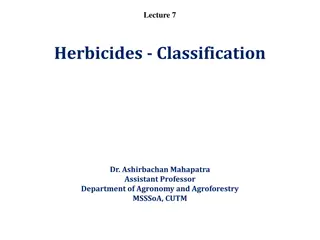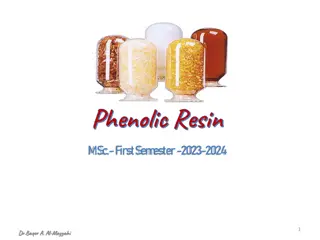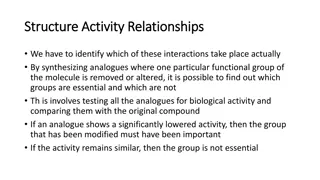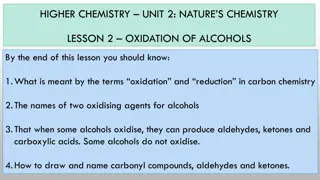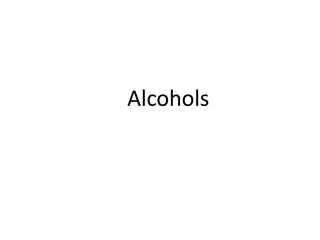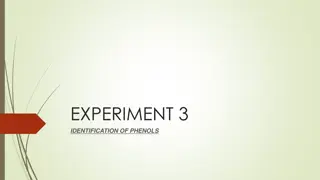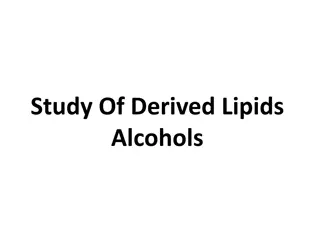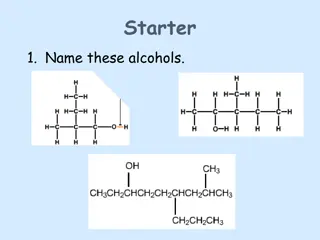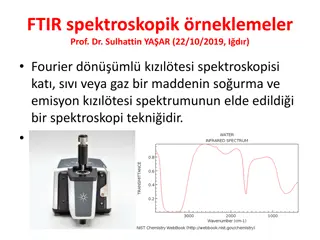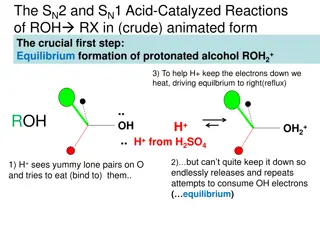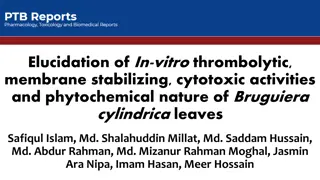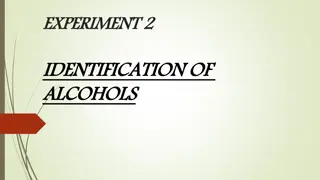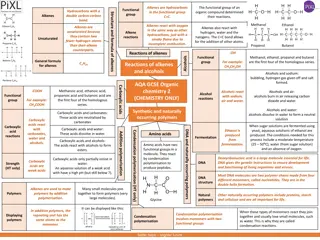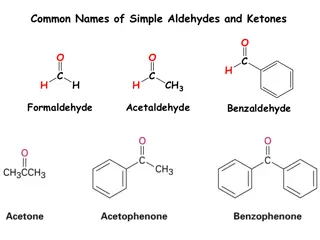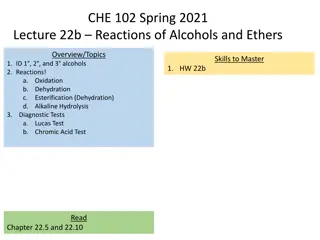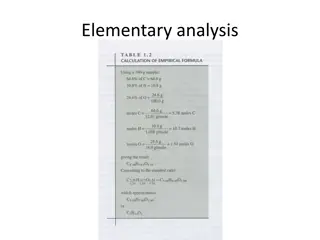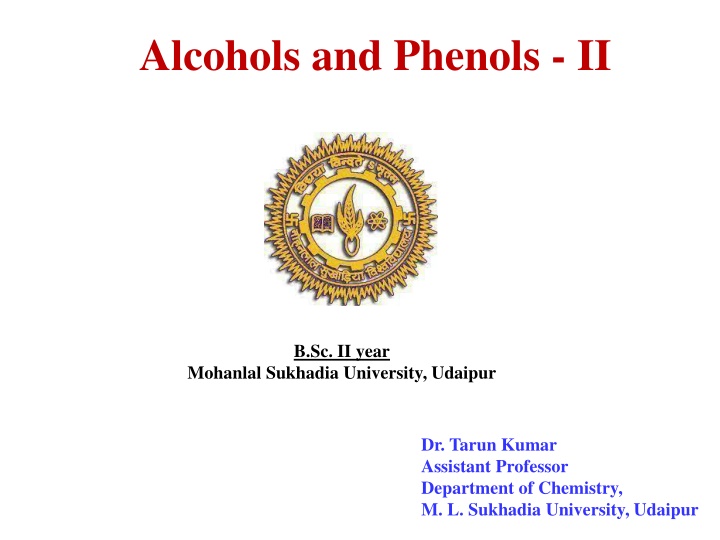
Chemical Properties and Preparation Methods of Dihydric Alcohols
Explore the chemical properties and various preparation methods of dihydric alcohols such as ethylene glycol, including reactions with sodium, phosphorus halides, carbonyl compounds, and more. Learn about the oxidation and dehydration processes as well.
Download Presentation

Please find below an Image/Link to download the presentation.
The content on the website is provided AS IS for your information and personal use only. It may not be sold, licensed, or shared on other websites without obtaining consent from the author. If you encounter any issues during the download, it is possible that the publisher has removed the file from their server.
You are allowed to download the files provided on this website for personal or commercial use, subject to the condition that they are used lawfully. All files are the property of their respective owners.
The content on the website is provided AS IS for your information and personal use only. It may not be sold, licensed, or shared on other websites without obtaining consent from the author.
E N D
Presentation Transcript
Alcohols and Phenols - II B.Sc. II year Mohanlal Sukhadia University, Udaipur Dr. Tarun Kumar Assistant Professor Department of Chemistry, M. L. Sukhadia University, Udaipur
Dihydric Alcohols Ehtylene glycol or Glycol HOCH2CH2OH Methods of preparation (i) From ethylene
Methods of preparation (ii) From ethylene oxide (iii) From ethylene diamine (iv) From glyoxal
Chemical Properties 1. Reaction with sodium 2. Reaction with phosphorus pentahalide 3. Reaction with phosphorus trihalide
Chemical Properties 4. Reaction with SOCl2 5. Reaction with Conc. H2SO4
Chemical Properties 6. Reaction with carbonyl compounds 7. Dehydration
Chemical Properties 8. Oxidation


